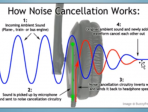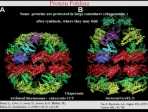 00:35:00
00:35:00
Proteasome and DegP Protease, Mechanisms and Drug Design
Within cells or subcellular compartments, mis-folded and/or short-lived regulatory proteins are degraded by protease machines, cage-forming multi-subunit assemblages, the proteasome and HtrA/DegP. They are essential components in very complex regul....
More details | Watch now 01:00:00
01:00:00
Chemistry and Captain Scott’s 1901 Discovery Expedition to the Antarctic
Dr Derek Craston, the UK Government Chemist, reveals how Captain Scott's preparations for his 1901 Discovery Expedition to the Antarctic included a personal request to the Government Chemist to analyse his planned food supplies. Tellingly, the resea....
More details | Watch now 00:51:00
00:51:00
Music, architecture and acoustics in Renaissance Venice: Recreating lost soundscapes
During the Renaissance in Venice, composers such as the Gabrieli and Moneverdi created some of their greatest masterpieces for performance in the great churches on festive occasions. But what would the music have sounded like, given its complexity an....
More details | Watch now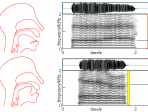 00:11:00
00:11:00
Human Sound
Sound is produced in the larynx; filtering it in the vocal tract produces formants and phonemes. The acoustics, mechanics and some neurobiology of hearing. Pitch perception.
More details | Watch now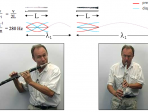 00:09:00
00:09:00
Standing waves
Reflecting waves gives standing waves, which can be resonances. Standing waves on strings and in pipes and plates.
More details | Watch now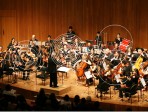 00:08:00
00:08:00
Interference and consonance
Superposing waves with different frequencies gives beats and Tartini tones. Removing beats gives consonance. Tuning consonances gives temperament.
More details | Watch now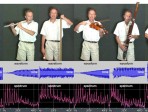 00:09:00
00:09:00
Quantifying sound
Frequency, amplitude, envelope and spectrum affect pitch, loudness and timbre. All are discussed and quantified here.
More details | Watch now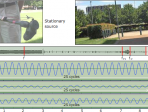 00:10:00
00:10:00
The Doppler effect
Moving either source or receiver produces a frequency shift called the Doppler effect, which we measure and analyse.
More details | Watch now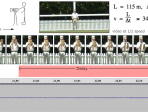 00:09:00
00:09:00
Sound
Sound is a longitudinal wave of variations in pressure and density. We derive and measure its speed.
More details | Watch now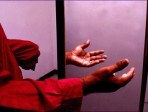 01:20:00
01:20:00
Brain function: synesthesia and phantom limbs
Professor Ramachandran examines problems that lie at the interface between neurology and psychiatry. He explains how phantom limbs may be used as a probe to understand brain functions and will also discuss synesthesia, a condition in which sounds and....
More details | Watch now 00:13:00
00:13:00
James Lovelock – A Final Warning
James Lovelock is best known as the father of Gaia theory; the idea that all parts of our planet form a complex interacting system, like a single organism. His new book depicts Gaia in trouble. In this interview Lovelock sounds a final warning for pl....
More details | Watch now